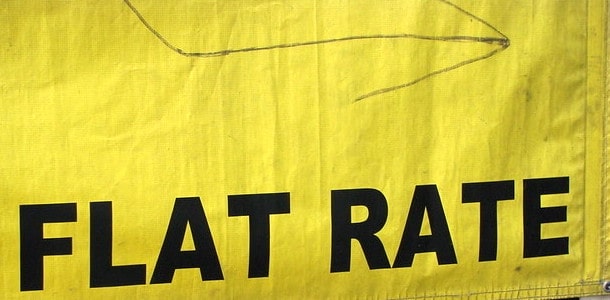
With real estate white-hot and home prices continuing to skyrocket despite a worldwide pandemic, homes remain surprisingly affordable
At first glance, it’s kind of odd, both that home prices continue to rise amid a pandemic, and that they’re still quite cheap historically.
Especially since home prices have risen for 97 consecutive months, per the latest Mortgage Monitor report from Black Knight.
But there’s a simple answer here: record low mortgage rates.
Super Low Mortgage Rates Offset Home Price Gains
- Home prices have risen for 97 consecutive months as of June 2020
- Purchasing power is up 10% year-over-year
- Prospective home buyers can afford nearly $32,000 more home than they could a year ago
- All of the 25 largest housing markets are experiencing their strongest affordability in more than 2 years
Yes, mortgage rates have the power to completely offset higher home prices, at least in terms of monthly housing payment.
Black Knight noted that it required just 19.8% of the median monthly income to make a mortgage payment on the average-priced home as of mid-July, which is around $317,500.
This assumes a 20% down payment ($63,500) and a 30-year fixed mortgage priced around 3%.
That’s a monthly mortgage payment of roughly $1,071 per month, down 6% from the same time last year, despite an average gain of $12,000 in home prices.
Prospective home buyers now have 10% more purchasing power than they did a year ago, meaning they’re able to afford nearly $32,000 more home while keeping monthly payments the same.
The caveat here is that the principal and interest payment is just one piece of the overall housing payment, abbreviated as PITI.
One must still consider the property tax piece and homeowners insurance piece, though the increase probably isn’t a deal-breaker for most.
The monthly mortgage payment is about $66 less per month than it was last year, so maybe once you factor in those other higher costs it’s awash.
Additionally, how many home buyers are putting down 20% when there are 3% down options with Fannie Mae and Freddie Mac and 3.5% down options with the FHA?
Six States Haven’t Been This Affordable for More Than 25 Years
Amazingly, some states are experiencing their best housing affordability in more than 25 years.
This at a time when home prices can feel a bit frothy. Heck, they felt frothy five years ago.
Regardless, Arkansas, Iowa, Kentucky, Maryland, Louisiana, and West Virginia are the cheapest they’ve been since before 1995.
Several other states, like North Dakota, New Jersey, Oklahoma, are the cheapest they’ve been since 2012, around the time home prices had bottomed out post Great Recession.
It’s pretty shocking given the tremendous gains in home prices since that time to find that affordability remains at its peak.
Those who felt they missed out should take a look at their state – even California and Florida are back to January 2017 affordability levels.
And home buyers in Oregon, New York, and Texas can enjoy purchasing power not seen since 2016.
The takeaway here is that mortgage rates have the power to greatly impact affordability, but they’re not the be-all and end-all.
As I pointed out in an earlier post, Is House Price or Interest Rate More Important?, there are pros and cons to both.
You can’t take back what you paid for a home, but you can always refinance your mortgage, assuming you qualify.
Additionally, down payment continues to be the biggest issue for home buyers, not so much monthly payment.
However, it is good to see that home buyers can actually afford the properties they’re buying, as opposed to in 2006 when no one could afford their homes.
With mortgage rates slated to move lower in the future, even higher home prices could be a reality without any major bubble worries.
Just make sure you keep setting aside cash for that hefty down payment.



